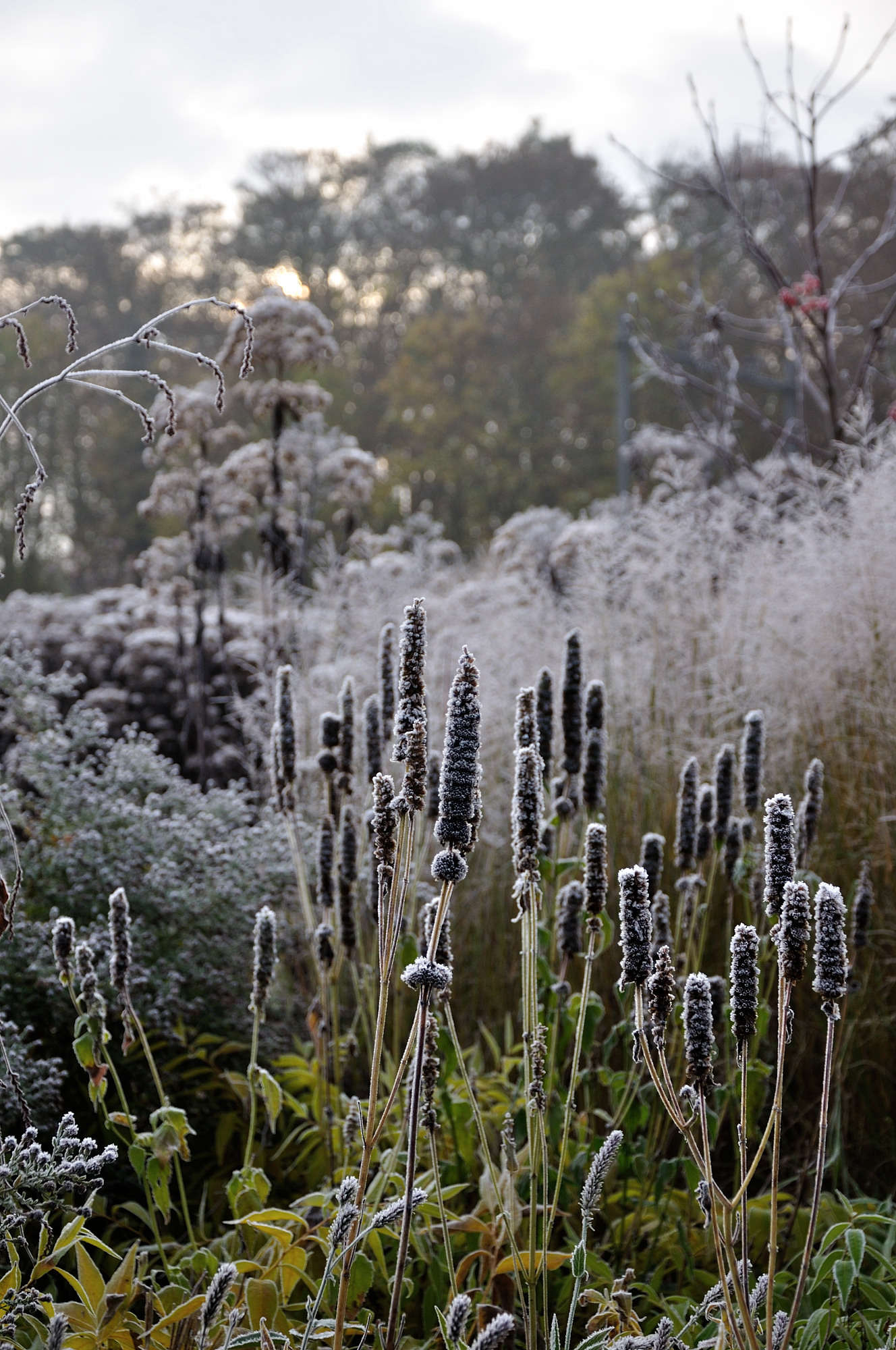Some have called him the Vermeer of the 20th century.
His most noted and memorialized works feature solitary women, deep in private moments. His color palette is subdued, whites, greys, browns, blacks. Working within an interior space that remains constant through his life work, he returns again and again to quiet themes, silent scenarios.
But as much as anything, his focus is the light.
No fewer than 60 of his lifetime production of 400 works were painted in his apartment in Copenhagen.
A quiet man with a small group of friends and a devoted wife willing to serve as his model and his assistant, he simply preferred subtle colors, a simple life, an appreciation for the beauty in small things. The inspirations he directly credited were Vermeer, Rembrandt, and his contemporary James McNeill Whistler.
Hammershoi ventured outside his world to travel to London, to Paris, to the Netherlands, and to Italy. Some of his works are of the landscape, the built world in his neighborhood, the countryside. But he repeatedly returned to his apartment, shifting his furniture around and painting the light.
In our times, his work inspired the visual style and production values of the Criterion Collection film Babette's Feast, helping to its acceptance as a classic.
Me being me, I especially appreciate and enjoy his vision in capturing the architectural world of Copenhagen and London.
 |
| St Peters Church. |




















